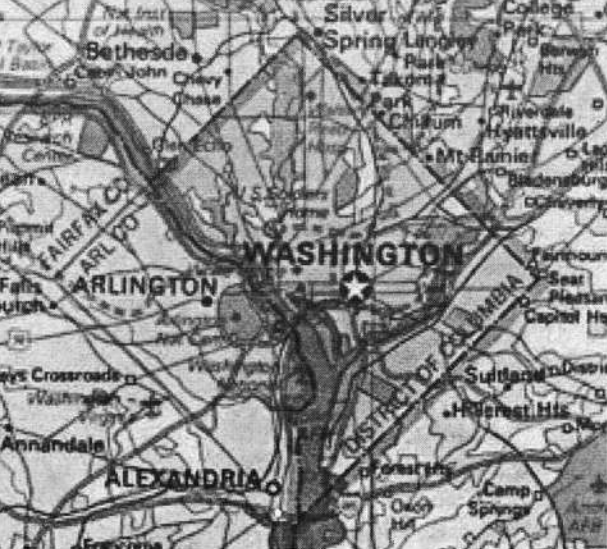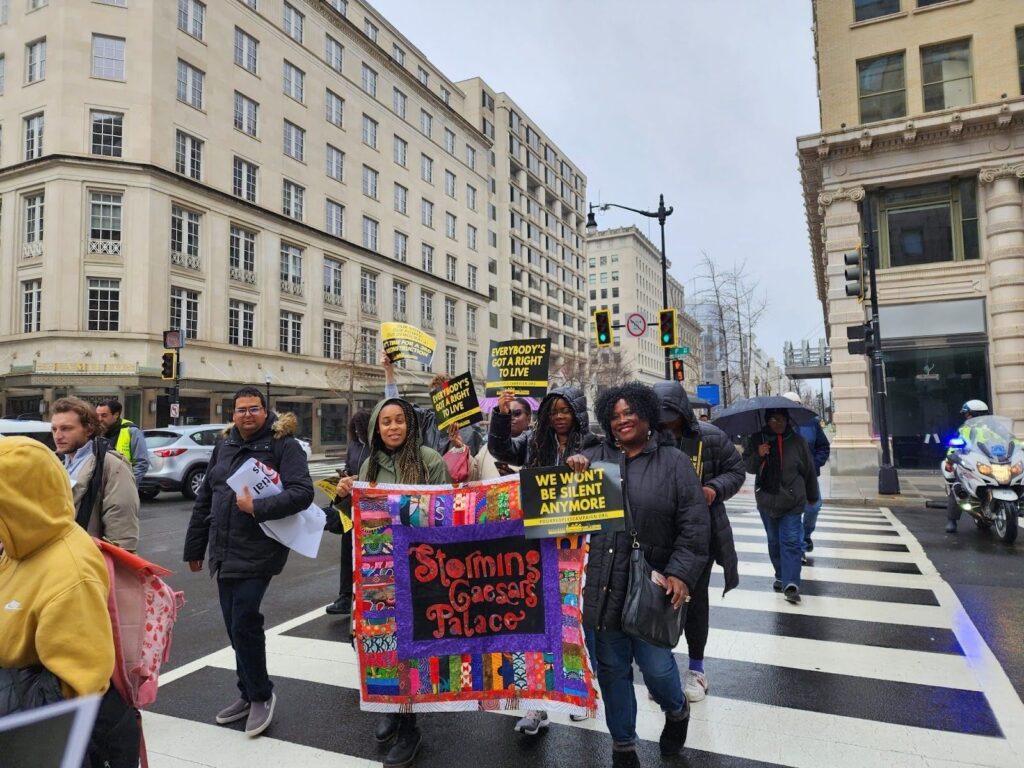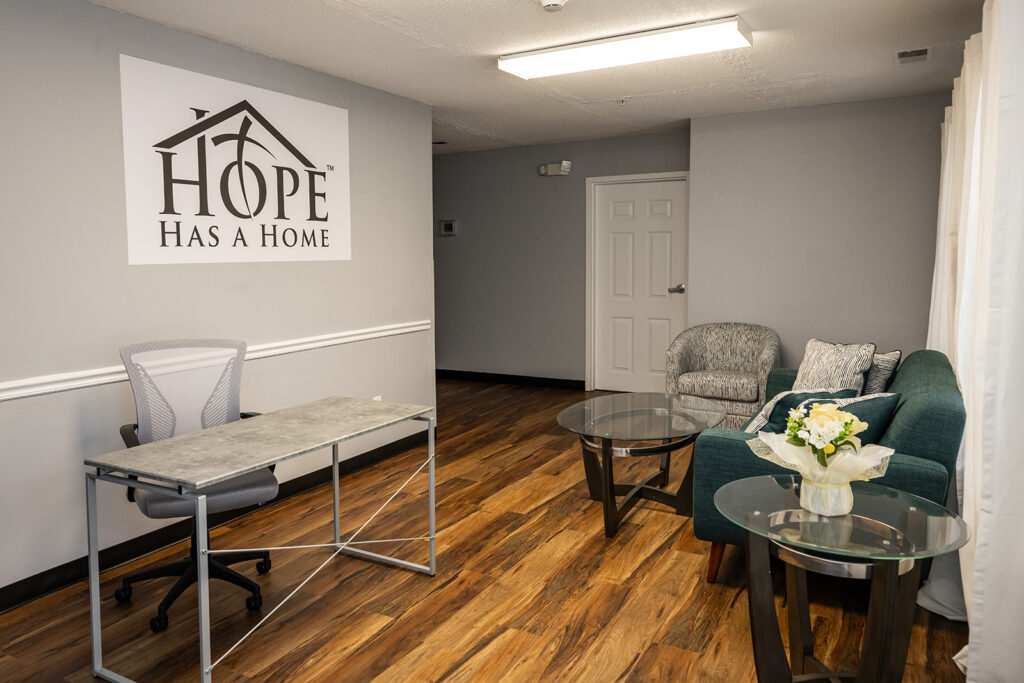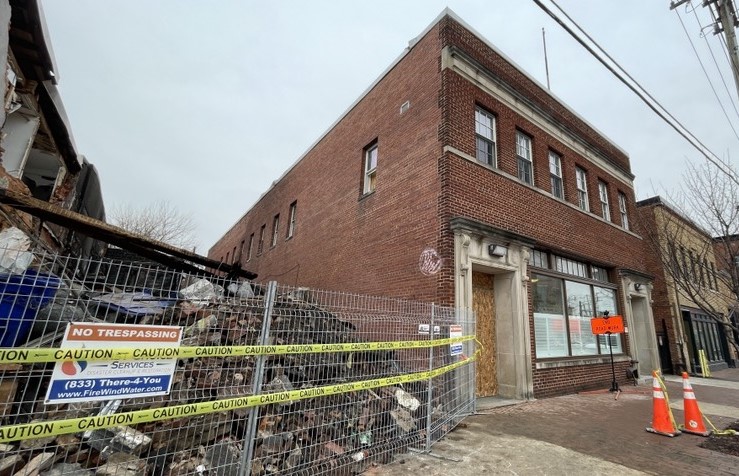This year marks the 30th anniversary of home rule in the District of Columbia. Since 1975, D.C. has had its own mayor and city council and, of course, its own share of successes and problems. Through these three decades, the District has also seen radical changes in the number and makeup of the homeless population and the poor and the services offered to them.
This series outlines all the major events, people and places that affected the state of homelessness and poverty in Washington from 1975 to today.
It is estimated that, within any 24-hour period, the number of homeless people in the D.C. area approaches 14,000, but, fortunately, many of the people on the streets have access to shelters, soup kitchens and healthcare. It was not always that way. The services that are available to the poor today were shaped by a few activists who insisted on bringing their story to the public’s awareness and on putting their welfare on the nation’s agenda.
Under the Kennedy administration, the face of the homeless first changed when there was an attempt to improve the welfare of the mentally disturbed by mainstreaming patients into society and moving them out of institutions. The unfortunate result was often a lack of proper supervision, unleashing a wave of former patients who ended up homeless or imprisoned. These patients swelled the numbers of homeless for over a decade. The anti-poverty enactments of the Johnson presidency aided the homeless indirectly but did not confront the problem head-on.
The mix of the homeless changed again in the seventies when a sharp increase in homeless men occurred because of returning Vietnam War veterans suffering from drug addiction or trauma. The era also saw the first court involvement, as the Supreme Court struck down various state measures barring lingering on the street, criminalizing vagrancy, or requiring a year’s residency before the right to welfare was earned. (A new wave of anti-homeless legislation has, however, appeared since the late 1990s.)
It was during this time that one of the most influential institutions in the D.C. area was founded – the Community for Creative Non-Violence (CCNV). Originally created to protest the Vietnam War, the center quickly became a champion for the rights of the homeless. In 1973, the charismatic Mitch Snyder joined the center and began a 15-year run in which he repeatedly brought the plight of the homeless to the attention of the public.
In this period from 1976 to 1979, the public was shocked to attention by the deaths of 26 homeless individuals in the frigid D.C. winter temperatures – some virtually in the shadow of the White House. But it wasn’t until the early 80’s that the numbers of people panhandling, huddled in corners, and sleeping on outdoor steam grates finally made a lasting impression on the public.
The deep economic recession, plus an unprecedented flow of crack and heroin, undoubtedly added to the sharp increase in homelessness in these years. Nevertheless, the prime factors were to be found in the decrease in government spending for the poor along with a decline in the number of affordable housing units available.
The early Reagan administration saw federal support for subsidized housing drop from $32 billion in 1981 to $7.5 billion in 1988. Lower income housing fell victim to both a decline in spending and the creeping gentrification that replaced affordable housing with privately owned, higher-priced condominiums and co-ops. The number of SROs – single room occupancy units, a staple in the fight on homelessness – declined by over a million units from 1970 to the mid-1980s.
A new population demographic was also beginning to emerge as more and more women with children and families were counted among the homeless.
At this point, the government found itself more frequently at odds with advocates for homeless people. Even the determination of the numbers of homeless people, a factor that influences the appropriation of funds, was a cause for dispute. Mitch Snyder’s estimate of two to three million was challenged by HUD, which gave a much lower estimate of 250,000 to 300,00 in 1984. Protests and questions about these discrepancies shone a spotlight on the problem.
1984 was to be a banner year for CCNV, Mitch Snyder, and his associates. The group had occupied an abandoned federal building in 1983. Harold Moss, then a member of CCNV and later founder of the Olive Branch Community, was placed in charge of running the facility as a shelter – the largest in the US with more than 1,300 beds.
“We were the people that were most active working on the issue (of homelessness)…it was really a community of people who were a part of the effort over 20 years,” he said in a recent interview.
Synder undertook a fast that eventually lasted for 51 days and, through media and public attention, forced President Reagan to make good on a promise to provide funds for the much-needed renovations to the shelter. Pressured by mid-election tensions and Snyder’s now national notoriety, Reagan caved.
That same year, CCNV initiated a push for legislation proclaiming the rights of the homeless to shelter on demand (Initiative 17). This was passed by the DC council in 1984 and remained in effect for six years before it was eviscerated by heavy restrictions.
1984 also saw the District of Columbia become the first legislative body in the country to decree that the homeless had voting rights. It was not until 20 years later in the close of the 2004 election, however, that the main parties paid serious attention to this segment of voters and made an effort to get out the homeless vote.
As the “celebrity” activist, Snyder was the subject of interviews, television news profiles, and even a TV movie in which he was depicted by fellow activist actor Martin Shee. Snyder’s celebrity status and speaking engagements broght in $150,000 to $245,000 yearly to help the $570,000 CCNV budget and allowed the organization a large measure of independence in attaining its goals.
While Snyder might have been the most recognizable and controversial figure to advocate the rights of the homeless (he once threw blood on a church alter in protest), he was by no means alone. Numerous other organizations and activists diligently worked and are working for the poor and homeless; the National Coalition for the Homeless, and the Olive Branch Community, and one of the oldest, So Others Might East (SOME), just to name a few.
Father Horace McKenna, S. J., and an interfaith alliance founded SOME in 1970. The group at first concentrated on providing meals to the destitute, but today also includes an extensive rehabilitation and training focus.
Carol Fennelly, Snyder’s widow and founder of Hope House, an organization that aids families torn apart by imprisonment, said in a recent interview that the activism of the 1970’s and 1980’s was by far the most powerful.
“I think that the homeless movement was one of the few that made any progress during the Reagan years,” she said. “Now, people hardly notice it anymore. We aren’t shocked by homelessness anymore; it’s become a part of our daily lives, seeing the homeless on the street.”
Fennelly added, “When people stop being shocked by something, you cease to be able to change it.”








